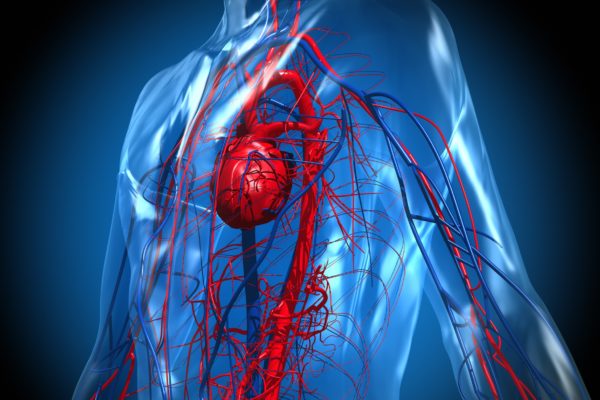
Fondation contre le Cancer (NL/FR)
Cancers of the throat can be divided into three types, depending on where the cancer occurs. Oncologists distinguish between nasopharyngeal cancer, oropharyngeal cancer and hypopharyngeal cancer. In Belgium, throat cancers make up around 4% of all new cancer diagnoses: 2,663 in 2015, of whom 1931 patients were male, mostly over 45 years old. There is a strong relation between these cancers and the intake of tobacco and alcohol.
The nasopharynx is the top part of the throat cavity, underneath it is the oropharynx and below that the hypopharynx that continues into the oesophagus. The most prevalent cancer of the throat is oropharyngeal cancer, and most cancers of the throat are squamous cell carcinomas.
Throat cancer develops in its early stages without very obvious symptoms, which is why the disease is often diagnosed at a late stage, which has a negative impact on the outcome. Symptoms that patients may experience include:
Later, patients can present with blood in their phlegm, rigidity of the tongue, speech impediments, difficulty with breathing and weight loss.
Cancers of the throat are often caused by smoking, ingesting tobacco and excessive alcohol intake during a prolonged period. Most patients have a history of smoking or heavy drinking, and if a patient has done both, the risk of developing cancer becomes even greater. Smoking and drinking alcohol during treatment also greatly reduces the outcome.
Other factors that can bring an enlarged risk of contracting throat cancer are:
A patient who presents himself with the first symptoms of throat cancer will most likely get medication – like antibiotics – that are meant to deal with those symptoms. When symptoms persist after two weeks, the patient may be referred to a throat-nose-ear specialist, who will perform further tests. Some patients are referred by their dentists.
The specialist will perform a laryngoscopy and possibly a biopsy. A laryngoscopy involves inserting a miniature camera into the throat with a flexible tube.
When the diagnosis is apparent, further tests are required in order to determine which stage the cancer is in, so that a treatment strategy can be agreed upon. Research methods include X-rays, MRI scans and CT scans.
The stage of the tumour is determined using the TNM scale, where T stands for the primary tumour, N denotes the presence of metastasis in the lymph nodes and M states whether the tumour has spread to other organs.
For cancers in the throat, four stages are recognised:
The differentiation of the tumour is an important factor in establishing a prognosis and treatment. This can be determined on the basis of a biopsy. A biopsy involves the removal of a small bit of tissue that can be examined under a microscope. Differentiation determines the degree of mutation in the cancerous cells.
Throat cancer is often treated with surgery, radiotherapy and photodynamic therapy, or a combination thereof. Sometimes surgery involves a full laryngectomy, where the entire larynx including the vocal cords is removed. If the larynx can be saved and the tumour has not grown too large, radiotherapy is often the treatment of choice, sometimes combined with chemotherapy.
In case the tumour is not thicker than 0.5 centimetre, photodynamic therapy (PDT) is another option. The patient is injected with a chemical that will saturate the tumour, after which a laser causes a chemical reaction that kills off the cancerous cells. Targeted therapy with EGFR inhibitors is also an option for eligible patients. Research into this therapeutic area is currently ongoing.
If the tumour has grown into the lymph nodes or the neck tissue, this can be surgically removed. Radiotherapy can follow up surgery. When the tumour has spread too much, making curing the patient no longer an option, radiation and chemotherapy can also be offered as part of palliative therapy.






